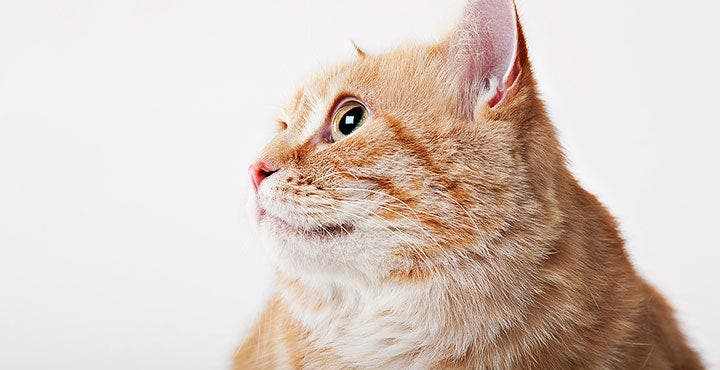4 Ways to Help Your Pet Lose a Few Pounds


It should be so simple. As pet owners, we control how much our animals eat. Feed Fido the proper amount and he’ll stay lean. Yet 58 percent of cats and 54 percent of dogs in the United States are considered obese or overweight, according to estimates from the Association for Pet Obesity Prevention (APOP).
It’s almost as big a problem in scope as the human obesity crisis, says Ernie Ward, DVM, a veterinarian in North Carolina and APOP’s founder. “The majority of American adults are overweight and so are our pets. It’s a problem for a wide demographic.”
How do you know if your four-legged companion is at risk? Look for visual clues, but also consult with your vet, who can tell you how much your buddy should weigh. Follow your vet’s advice on how much to feed your pet for healthy weight loss, and stick to the plan. (Sound familiar?) Meanwhile, use these smart tips to help keep everyone’s tail wagging.
1. A little healthy “people” food may help
While you should always check with your vet first, there’s nothing wrong with serving your pet a hybrid of commercial food and some people food, Ward says. “I love giving my dogs a variety of veggies, like broccoli, celery, and asparagus, and apples as low-calorie crunchy treats,” he says. “My cats love a flake of salmon or tuna; that really satisfies them.” One warning: Never feed a pet chocolate, grapes, raisins, onions, or small round foods as they may cause health problems, especially for dogs.
2. Get them up and moving
How much activity does your animal need? Use this gauge: Dogs should get 30 minutes of exercise a day, but this can be broken up into 10 minute intervals during the day, Ward says. Cats need to bust a move, too. “The minimum exercise for a cat is three 5-minute play periods a day,” Ward says. “Play with a laser pointer or feather dancer, or have them chase a toy.”
3. Don’t expect big losses
For a cat, a 5-pound weight loss is a lot. A good goal is about a half-pound lost per month with veterinary supervision, Ward says. Dogs and humans are much more similar when it comes to weight loss, however. “Like us, dogs can get into an aerobic state, whereas cats will do 90 seconds of effort and be done for hours.” This means that with exercise a dog can lose 1 to 2 percent of its body weight per month.
4. Endure the begging
How can you handle the constant begging/whining/meowing that results anytime an animal sees food? “Increase the lean protein in your pet’s diet to provide more satiety,” Ward says. Here’s another trick: “Whatever you’re feeding your pet, reserve 20 to 25 percent for a meal right before bed. This will buy you a good night’s rest, too.”
How to Spot an Overweight Spot (or Miss Kitty)
- Use your eyes As with people, we can visually tell when a pet could stand to shed a few pounds. “With a healthy pet, you should be able to easily feel his or her ribs and hip bones, and see an hourglass figure when viewed from above,” Ward says. Also, your pet’s tummy shouldn’t sag or drag on the floor.
- Use your scale Your vet should weigh your pet at every visit, but in between appointments, use your own scale. Check your weight first, then step on the scale while holding your pet. The difference is the animal’s weight.
